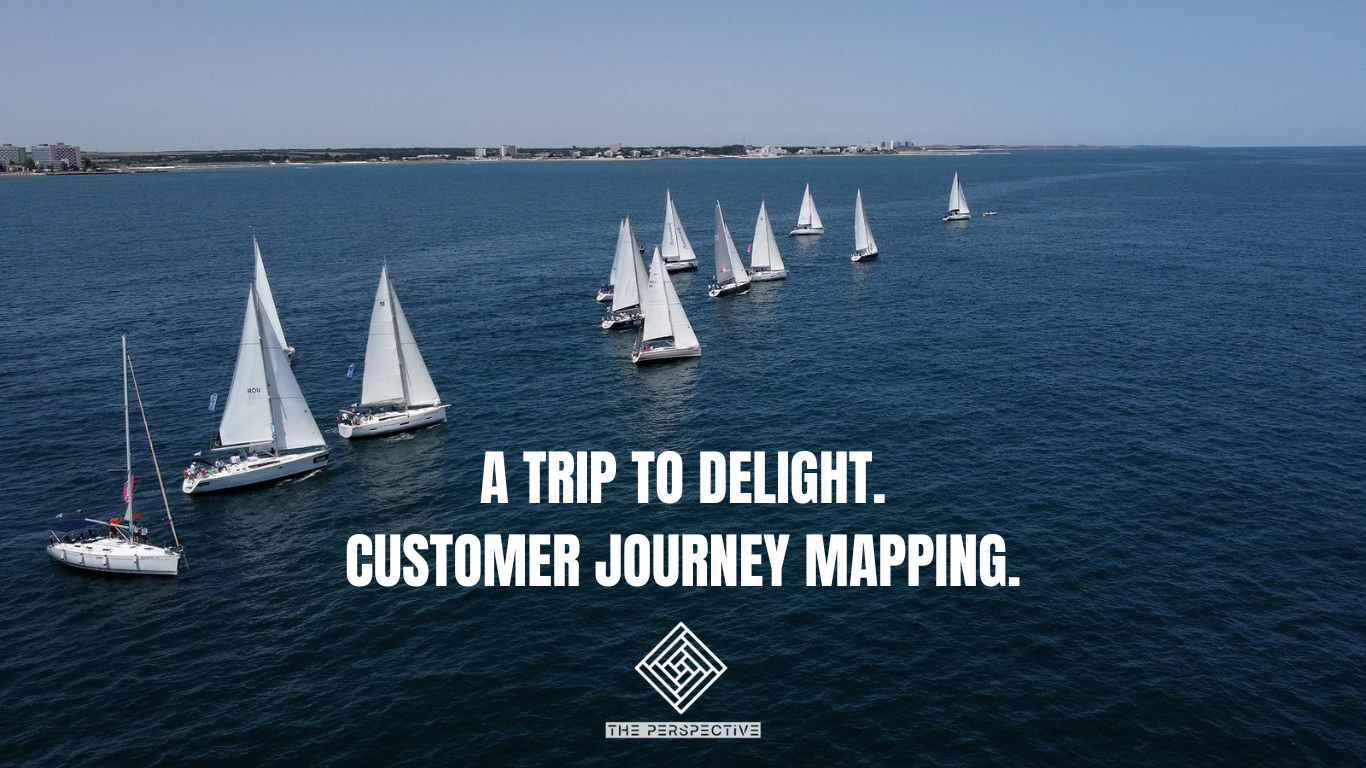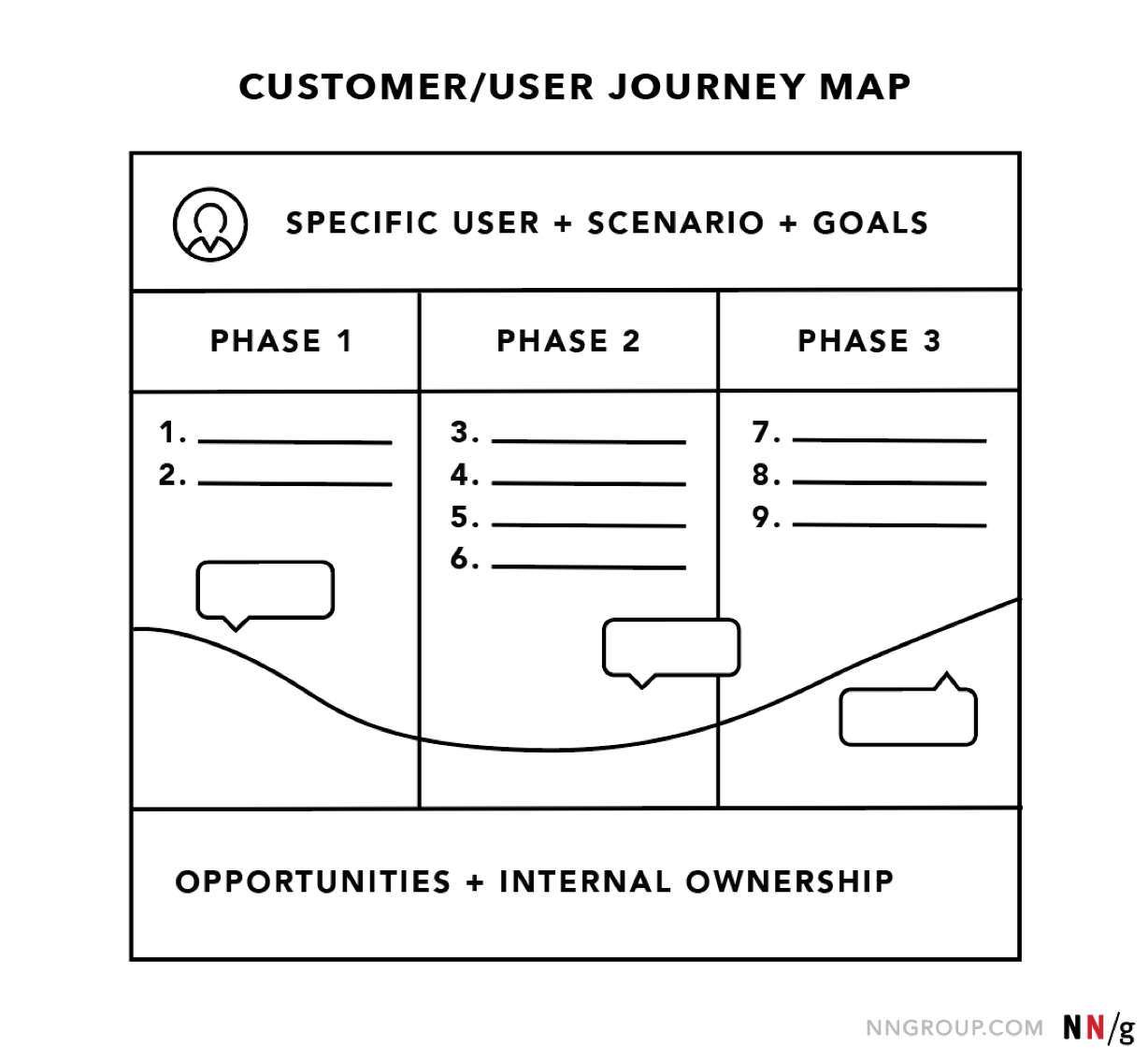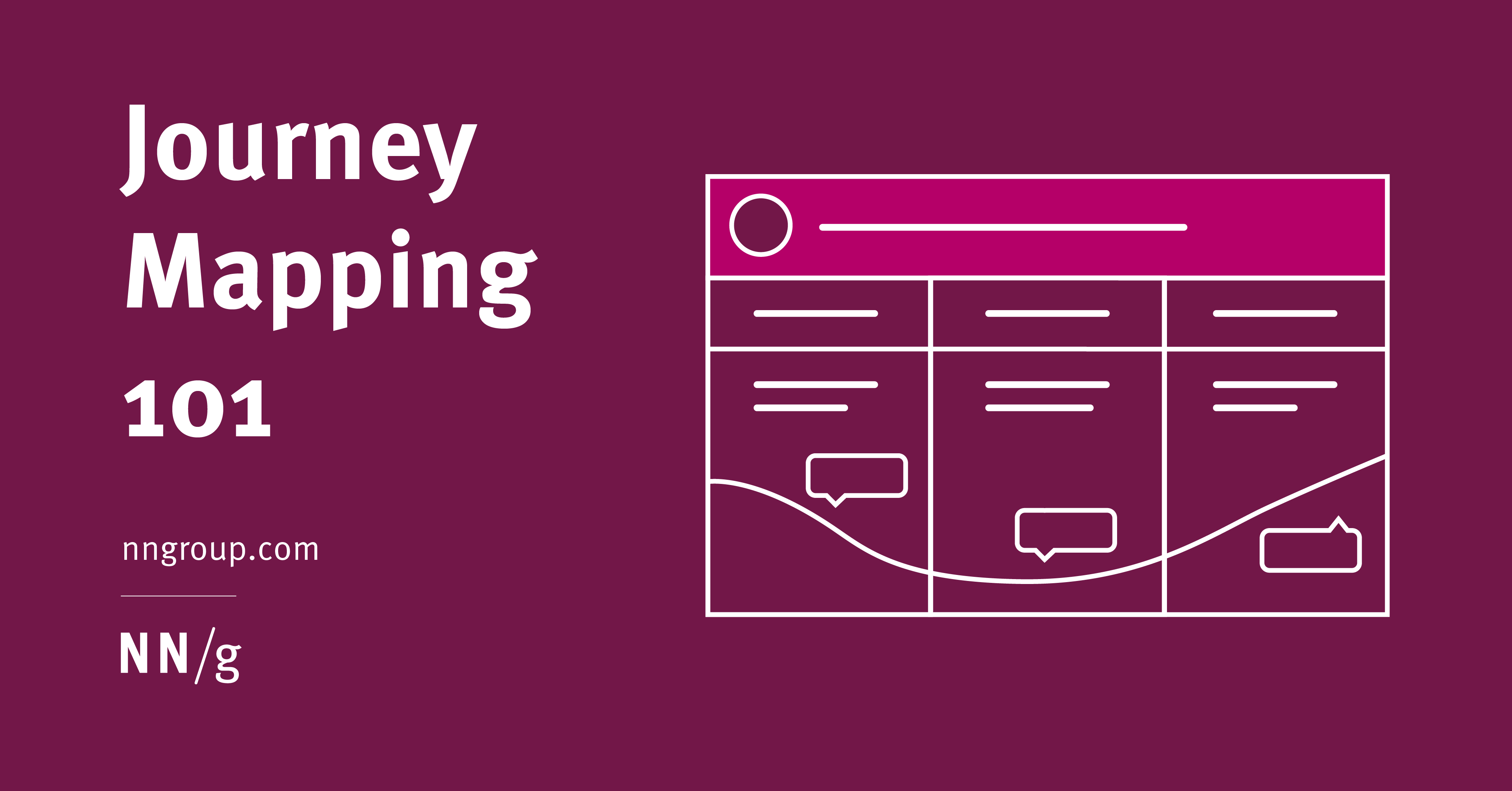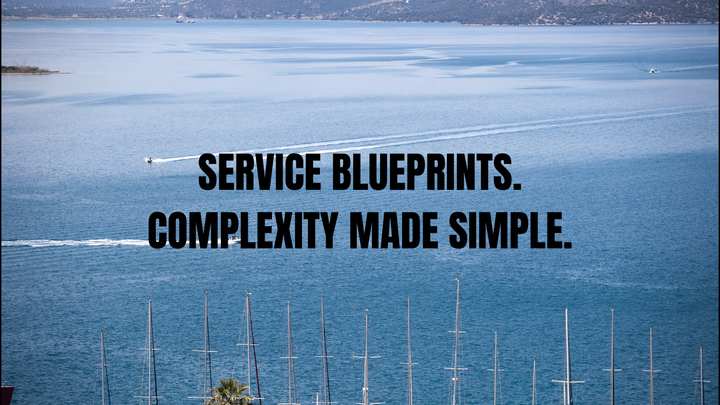A trip to delight: Customer Journey Mapping
Customer journey mapping (CJM) is a powerful tool that enables organizations to understand and improve the customer experience by visualizing the steps a customer goes through when interacting with a product or service.

Customer journey mapping (CJM) is a powerful tool that enables organizations to understand and improve the customer experience by visualizing the steps a customer goes through when interacting with a product or service. This guide delves into the nuances of conducting customer journey mapping workshops, especially in remote settings, highlighting the challenges, tools, and best practices to ensure effective collaboration and actionable outcomes.

Why Use Customer Journey Maps?
Journey maps combine storytelling and visualization to provide a shared understanding of the customer experience. They help break down organizational silos, align stakeholders, and drive customer-centric improvements.
Remote Customer Journey Mapping: Overcoming Challenges
Distributed-Team Structures Exacerbate Journey-Mapping Challenges
Conducting CJM workshops with distributed teams presents unique challenges, including:
- Lack of Buy-In: Difficult to engage dispersed teams.
- Outcome Engagement: Harder to foster commitment to results.
- Iteration Difficulties: Maintaining an evolving document is challenging.
Key Elements of Customer Journey Maps
While journey maps can vary significantly depending on the context, they generally include the following elements:
- Point of View: Define the customer persona.
- Scenario: Specify the journey experience.
- Actions, Mindsets, and Emotions: Capture qualitative data.
- Touchpoints and Channels: Identify interaction points.
- Insights and Ownership: Highlight user experience gaps and assign responsibility.
Rules for Creating Successful Journey Maps
Creating effective journey maps requires adherence to several guidelines:
- Establish Purpose: Define business goals and personas.
- Base on Truth: Use qualitative research.
- Collaborate: Involve various stakeholders.
- Data Synthesis: Analyze data before visualization.
- Engage Stakeholders: Make the map interactive and referenceable
Using Digital Tools for Remote Journey Mapping
Journey Mapping for Remote Teams: A Digital Template
The NNg template: NN/g Customer Journey Mapping Template (Make a copy to your own drive (File > Make a copy). Note, you must be logged into your Google account in order make a copy.)
Digital tools facilitate remote journey mapping by providing a platform for collaborative work. One effective method is using a collaborative spreadsheet, which offers structure and accessibility for all team members.
Journey Map Variations
- Experience Maps: Broader and agnostic of specific businesses or products, used for understanding general human behaviors.
- Service Blueprints: Extensions of journey maps, focusing on internal processes supporting the customer journey.
Source



